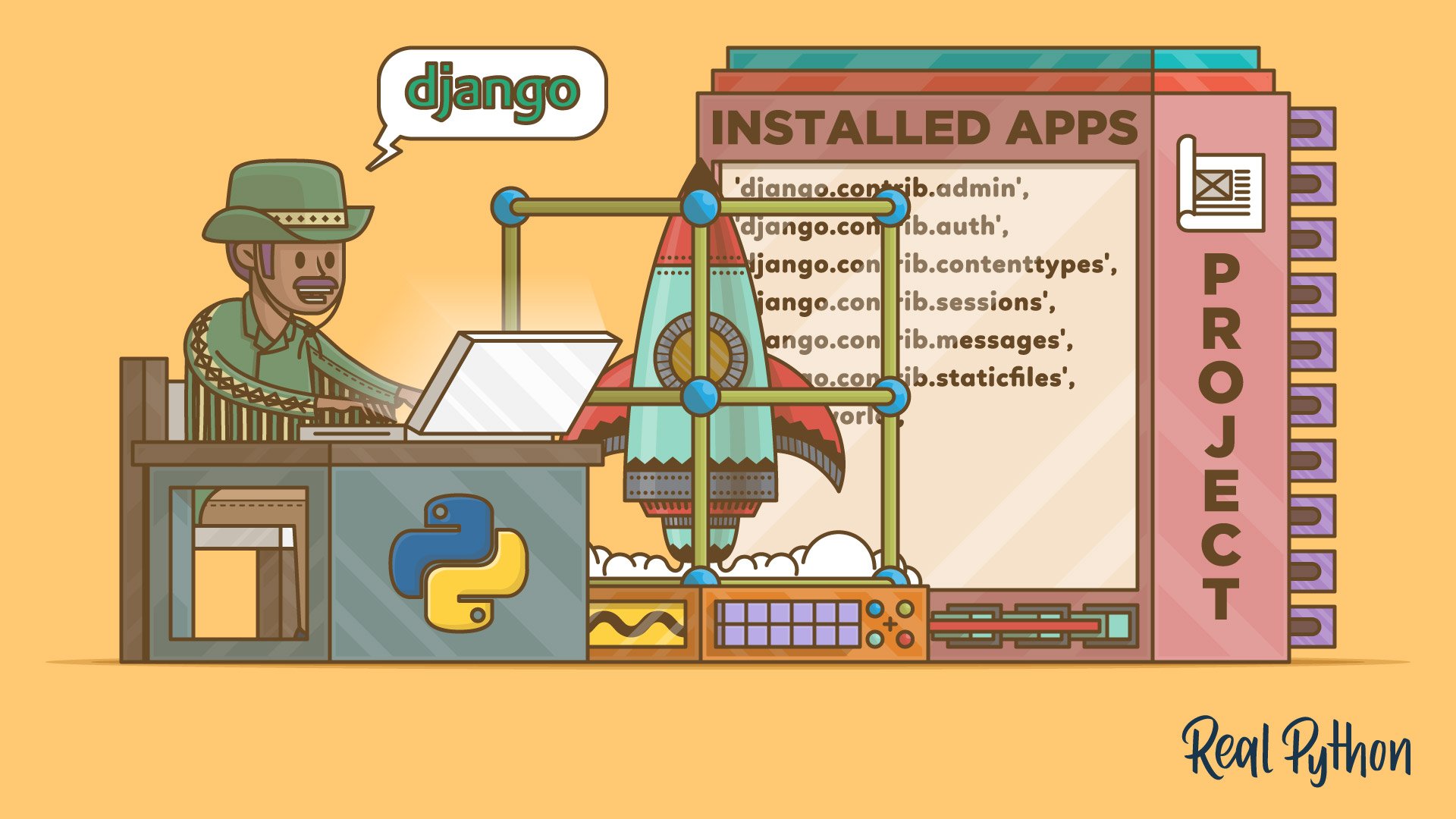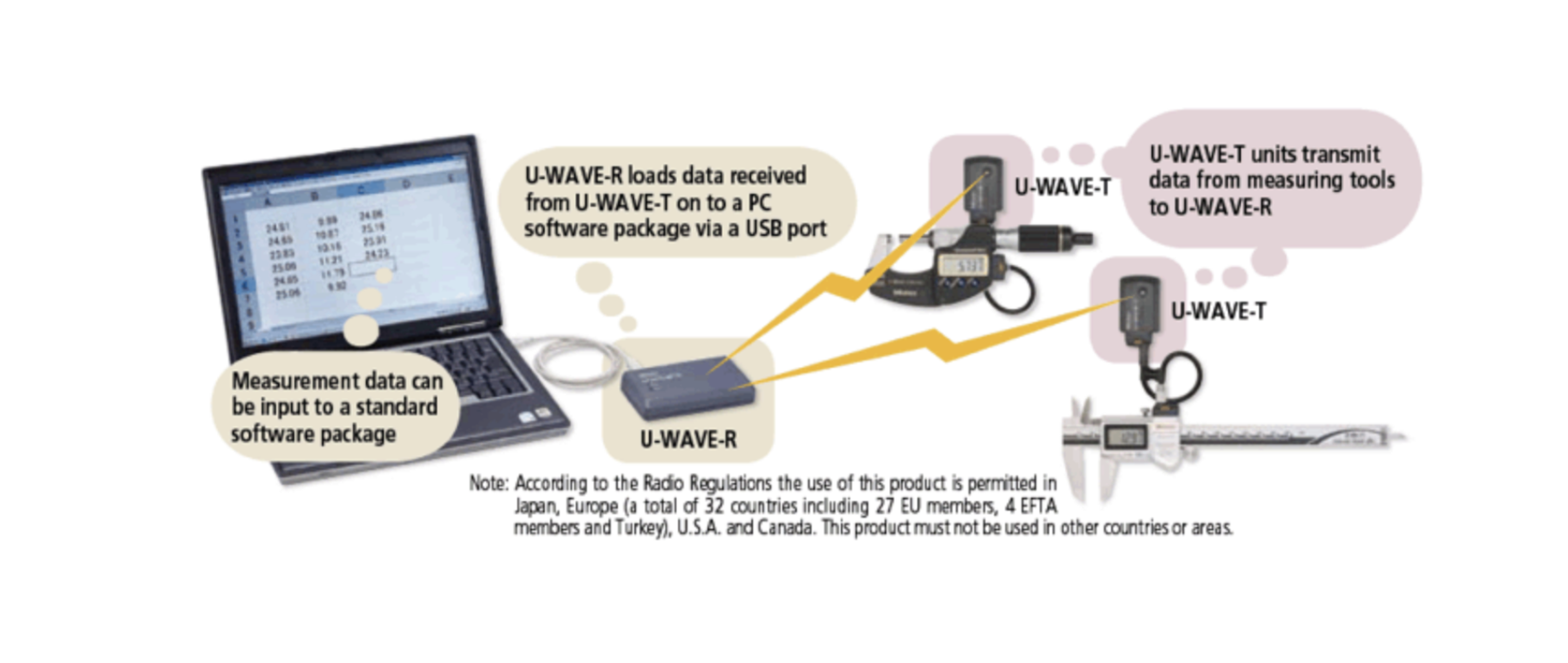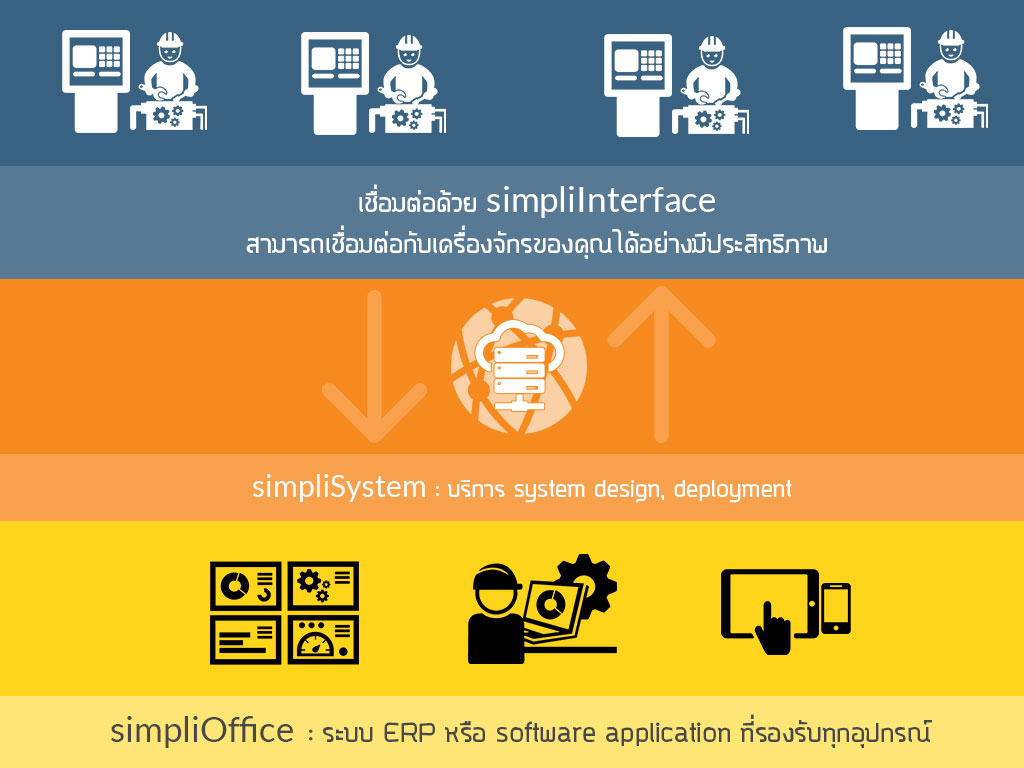How to Use PyMeasure for Automated Instrument Control and Lab Experiments
Modern labs demand automation, precision, and speed—whether you're running I-V sweeps, temperature profiles, or optical characterizations. PyMeasure is an open-source Python package designed to automate these tasks by controlling lab instruments with clean, readable code.
In this post, we’ll walk through the basics of installing and using PyMeasure to run your first automated experiment.
🧪 What is PyMeasure?
PyMeasure is a Python package that simplifies instrument control and experimental automation. It wraps SCPI/GPIB/USB/serial commands in intuitive Python classes and provides tools for:
- Creating repeatable measurement procedures
- Logging and saving results
- Live data plotting
- GUI support for interactive control panels
⚙️ Step 1: Installation
You can install PyMeasure using either pip or conda:
# Recommended via conda
conda install -c conda-forge pymeasure
# Or via pip
pip install pymeasureEnsure you also have VISA installed if you're using USB/GPIB interfaces. We recommend using NI-VISA or pyvisa-py backend.
🔌 Step 2: Connect to Your Instrument
PyMeasure comes with drivers for many common lab instruments. Here's a simple example using a Keithley 2400 source meter:
from pymeasure.instruments.keithley import Keithley2400
smu = Keithley2400("GPIB::24") # or "USB0::0x05E6::0x2400::XYZ::INSTR"
smu.apply_current(0.001, compliance_voltage=10)
print(f"Measured voltage: {smu.voltage} V")You can now control the device just like any Python object—setting values and reading measurements.
📈 Step 3: Run an Automated Measurement Script
Let’s run a simple I-V sweep using the same Keithley:
import numpy as np
currents = np.linspace(-1e-3, 1e-3, 50)
voltages = []
for i in currents:
smu.source_current = i
voltages.append(smu.voltage)
print(f"I: {i:.6f} A, V: {voltages[-1]:.6f} V")You can save the data to CSV for further analysis.
🧪 Step 4: Use Procedure for Full Experiments
Create a repeatable, configurable experiment using the Procedure class:
from pymeasure.experiment import Procedure, IntegerParameter, FloatParameter
from pymeasure.experiment.results import Results
from pymeasure.experiment.workers import Worker
class IVSweepProcedure(Procedure):
start = FloatParameter("Start Current", units="A", default=-1e-3)
stop = FloatParameter("Stop Current", units="A", default=1e-3)
steps = IntegerParameter("Steps", default=50)
def startup(self):
self.instrument = Keithley2400("GPIB::24")
def execute(self):
for i in np.linspace(self.start, self.stop, self.steps):
self.instrument.source_current = i
voltage = self.instrument.voltage
self.emit('results', {'current': i, 'voltage': voltage})This procedure can now be run in CLI or GUI mode.
🖥️ Step 5: Add a GUI (Optional)
PyMeasure includes a GUI framework:
from pymeasure.display.windows import ManagedWindow
class IVApp(ManagedWindow):
def __init__(self):
super().__init__(
procedure_class=IVSweepProcedure,
inputs=["start", "stop", "steps"],
displays=["current", "voltage"],
x_axis="current", y_axis="voltage"
)
self.setWindowTitle("I-V Measurement")
if __name__ == "__main__":
app = IVApp()
app.show()🔌 Supported Instruments
PyMeasure supports instruments from:
- Keithley
- Tektronix
- Keysight
- Thorlabs
- NI and more…
You can also create your own instrument class by inheriting from Instrument.
🧰 Use Cases
- Semiconductor I-V curve tracing
- Thermoelectric cooling tests
- Fiber optic testing
- Photovoltaic cell characterization
- Automated reliability tests
✅ Conclusion
PyMeasure makes it easy to automate your lab, save time, and ensure reproducibility. Whether you're in research or production QA, PyMeasure can scale from simple tests to full GUIs.
Get in Touch with us
Related Posts
- Vertical AI Use Cases Every Local Government Actually Needs
- 多部门政府数字服务交付的设计(中国版)
- Designing Digital Service Delivery for Multi-Department Governments
- 数字政务服务在上线后失败的七个主要原因
- The Top 7 Reasons Digital Government Services Fail After Launch
- 面向市级与区级政府的数字化系统参考架构
- Reference Architecture for Provincial / Municipal Digital Systems
- 实用型 GovTech 架构:ERP、GIS、政务服务平台与数据中台
- A Practical GovTech Architecture: ERP, GIS, Citizen Portal, and Data Platform
- 为什么应急响应系统必须采用 Offline First 设计(来自 ATAK 的启示)
- Why Emergency Systems Must Work Offline First (Lessons from ATAK)
- 为什么地方政府的软件项目会失败 —— 如何在编写代码之前避免失败
- Why Government Software Projects Fail — And How to Prevent It Before Writing Code
- AI 热潮之后:接下来会发生什么(以及这对中国企业意味着什么)
- After the AI Hype: What Always Comes Next (And Why It Matters for Business)
- 为什么没有系统集成,回收行业的 AI 项目往往会失败
- Why AI in Recycling Fails Without System Integration
- ISA-95 vs RAMI 4.0:中国制造业应该如何选择(以及为什么两者缺一不可)
- ISA-95 vs RAMI 4.0: Which One Should You Use (And Why Both Matter)
- 为什么低代码正在退潮(以及它正在被什么取代)














